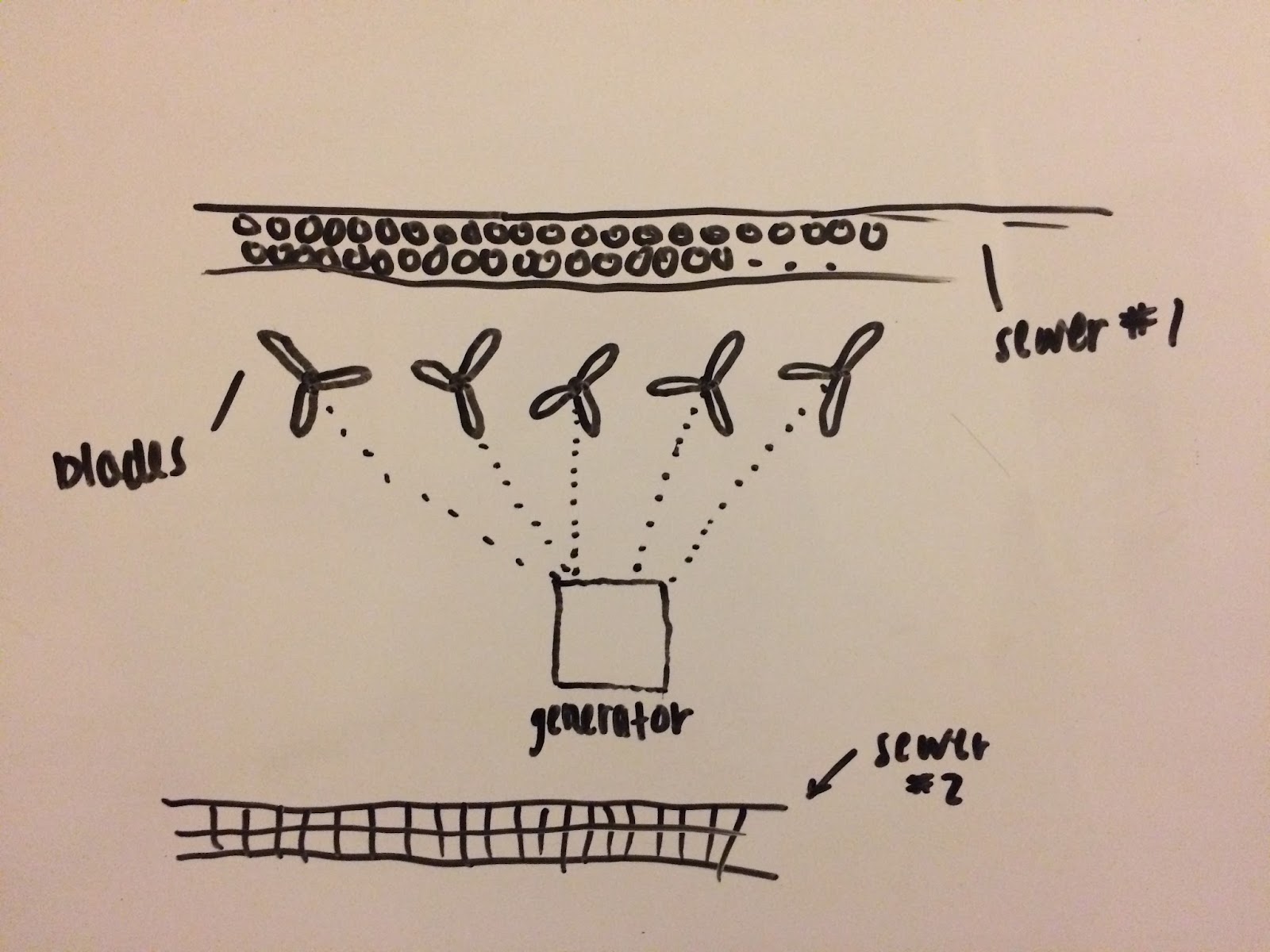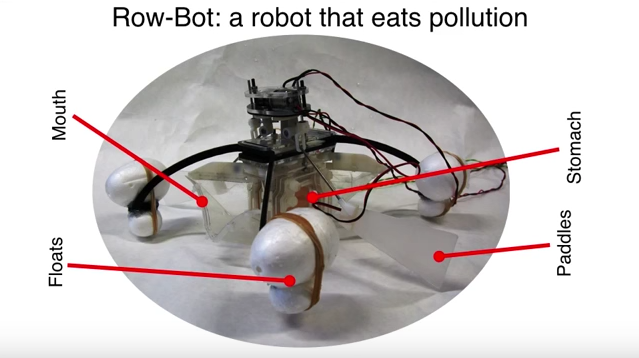I mentioned in the previous post that I had an idea for an alternative source of energy, and now that I have developed my idea into something potentially feasible I am ready to share it. But first of all, let me explain the project guidelines.
First we are supposed to investigate an environmental problem and to write a research paper on the topic. Then, using our prior research, we are supposed to create a solution to the problem. Next we will create a social media campaign for our idea, and finally we will make a Ted Talk about our problem and solution.

Because I am very interested in the field of engineering, I wanted to choose a topic where I could potentially engineer something. Then I got the idea of an alternative form of engineering and decided to make that my topic. Wind turbines are based on the premise that wind is in motion, and continually is, no matter how much of its energy is converted into energy. I looked in the environment for something else that is often in motion with the same principles, and I thought of rain. Rain is definitely in motion, falling at an acceleration of 9.81 m/s^2. Why not capture this energy with the same concepts of wind turbines?
 |
| https://goo.gl/R1OoTA |
My idea is of making mini water turbines and to position them beneath sewer grates, but above the actual sewers. There tends to be a lot of unused space here, and with the turbines here the water could come through and then continue in the same direction as it originally goes. The basic idea is that I could create a Savonius vertical axis wind turbine (VAWT) as shown on the right. It would be positioned horizontally so that the falling water would make it turn (after falling through the sewer grates). A system of several VAWTs (or really HAWTs) would be connected to a generator that could make electricity. Another benefit to the sewer location is the water turbines could exist in urban areas where electricity is most used. In addition, the turbines would not be taking over any ecosystem or important land.
From my research thus far, I have not found any related devices to my idea. There
are water turbines out there, but they are limited and have some flaws that actually pollute the environment. An
article from Science AAAS explained that water turbines in dams actually release large amounts of methane into the atmosphere, actually having a negative effect on the environment. Also, these giant machines cannot exist ubiquitously, because they require large water sources.
The fact that I can model my design after wind turbines and am not entirely starting from scratch is encouraging. I think that this idea really could work, and the only worry I really have is the generator. Making the turbine seems very doable since I am going to have assistance from the welding class at our school, and it does not have many different mechanical issues involved. However, to actually create the electricity the turbine needs to be connected to a generator. Generators with less that 100 Watts or so can be created, but for the machine to actually be a success I would need a pretty big, high-tech generator. These can be bought, but as pretty expensive. I am not totally sure how I will approach this problem, so for now I am sticking with the things I can do such as the research paper.
